It's our second time visiting Anping. Two years ago, we visited the five most popular places that can be visited with a single ticket. This time, I wanted to see some places we missed before. We visited Sio House (Salt Museum), Oyster Shell Kiln, Temple, Old Street, forts and castle and some smaller ancient buildings. Some places are free to visit, while others have an entrance fee of 50 NTD. Anping is one of my favorite places to visit, as it is full of history and street food can be found everywhere. In March 2012, Anping was named one of the Top 10 Small Tourist Towns by the Tourism Bureau of Taiwan. The older place name, Tayouan, comes from a nearby Taiwanese aboriginal tribe and was given by the Dutch and Portuguese. Han immigrants later renamed the area "Anping" after the Anping Bridge in Fujian. Soon after Qing rule was established in 1683, the name "Taiwan" (臺灣) was officially used to refer to the entire island with the establishment of Taiwan Prefecture.
Anping Old Street (安平老街)
In the middle of the Ming Dynasty, smugglers from Mainland China, Japan, as well as European businessmen such as Portugal, Spain, and the United Kingdom came to Anping to trade with each other and with the Pingpu people. During that time, the city street Yanping Street was formed. Yanping Street (延平老街) is the first street built in Anping during the Dutch era 300 years ago and was the first street in Taiwan to be given a name. The street was designed as part of the city's planning during the Qing Dynasty and is 2-3 meters wide, mainly for pedestrians. Anping Old Street has many alleys, but at that time, the length of the city street seemed to be only from the 104th Lane of Yanping Street to the east, leading to Shimen Elementary School.
The houses on this street are mainly built with red bricks in a Western style. On the street, you can also see Wind Lion Gods (風獅爺) on the roofs of buildings and Sword Lions (劍獅) on the lintels of doors. Wind Lion Gods (Shisa) are Chinese guardian lions often seen in pairs, believed to protect against evil spirits. They are placed on roofs or gates, with the left lion traditionally having a closed mouth (warding off evil spirits) and the right one having an open mouth (keeping good spirits). Sword Lions are lion heads biting a sword, used to ward off evil spirits. They are a common decoration in the Anping area.
Anping Old Street and nearby streets are filled with street food and can get very crowded. Nearby, there is a famous douhua shop that is usually packed with people (while many other shops are empty).
Tianhou Temple (安平開臺天后宮) was built in 1668 and is said to be the oldest Mazu Temple in Taiwan. The statues of the gods were brought from Fujian, China by Koxinga. The temple has been demolished by the Japanese and rebuilt several times, most recently in 1976 and 1994. The main statue of the god is said to be more than a thousand years old. Mazu is credited with miracles around the temple, such as leading Anping's initial settlers, protecting from bombing during World War II, producing sweat, and safeguarding the temple during a fire in 1990.
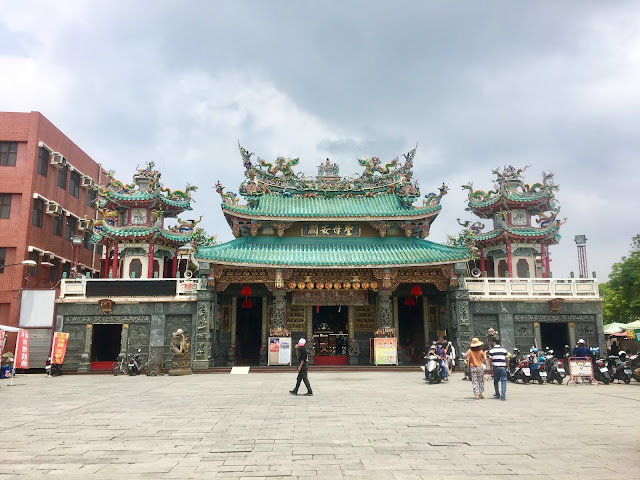
See also: Tianhou Temple

Julius Mannich Merchant House (東興洋行)
Julius Mannich Merchant House (東興洋行) was built in 1867 by a German businessman. It was used for the trade of camphor and sugar and represented the shipping business. The business closed during the Japanese period due to the opium and camphor monopoly. The Japanese then took over the building and converted it into Tainan Hall in 1901. In 1920, it became Anping Police Station. In 1984, the building was taken back by the Tainan Government. Nowadays, it serves as the Foreign Trade Memorial Hall, where visitors can learn more about the 300-year history of trade in Anping and things related to Germany.
Zhu Yuying Residence (朱玖瑩故居(因鹽玖定))
Zhu Yuying Residence (朱玖瑩故居(因鹽玖定)) was the former residence of Zhu Yuying, a calligraphy teacher from China. Inside the building, there is a calligraphy exhibition hall displaying book works by Zhu Yuying, and visitors can also practice their writing skills.
See also: Fort Zeelandia
Haishan Hall (海山館)
Haishan Hall (海山館) was built in 1684 and served as a dormitory during the Qing Dynasty. It was abandoned during the Japanese era and later converted into a residential building during the Republic of China era. The building is decorated with many lions, showcasing the architecture of Anping at that time. This place worships the gods of heaven and five officials. The interior of the building is empty, and not many people visit this place.
Address:
1. Yanping Street, Anping District, Tainan City, 7082. No. 33號, Guosheng Rd, Anping District, Tainan City, 708
3. No. 3, Lane 233, Anbei Road, Anping District, Tainan City, 708
4. No. 108, Gubao Street, Anping District, Tainan City, 708
5. 708, Tainan City, Anping District, 效忠街52巷3號

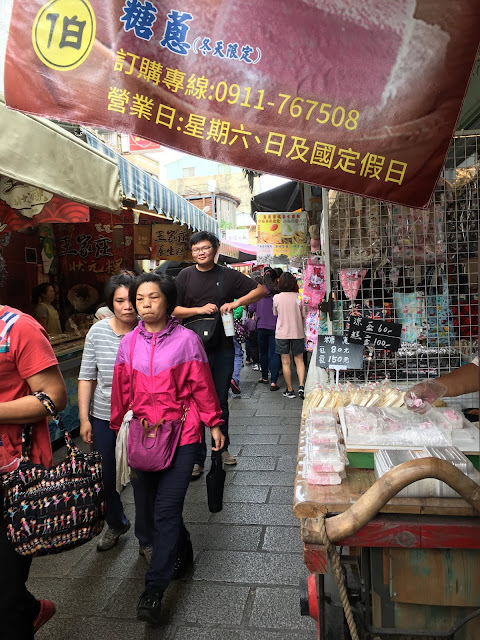


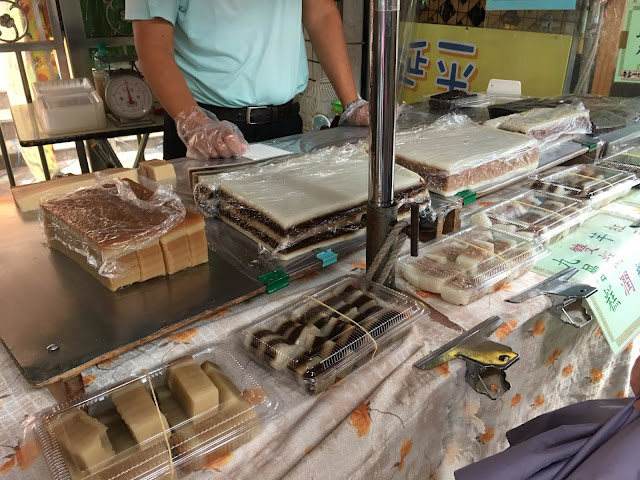
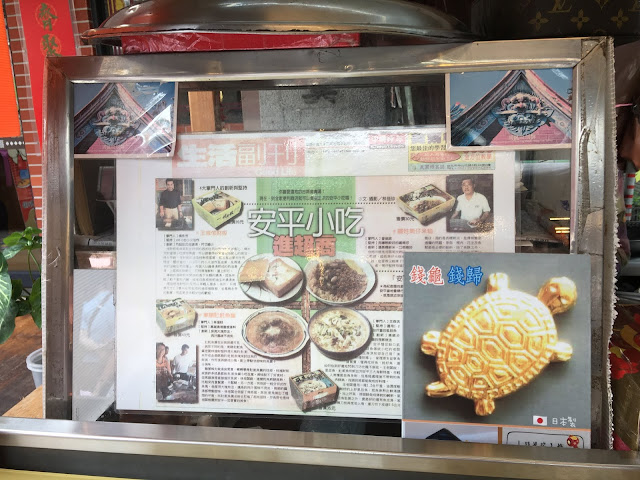

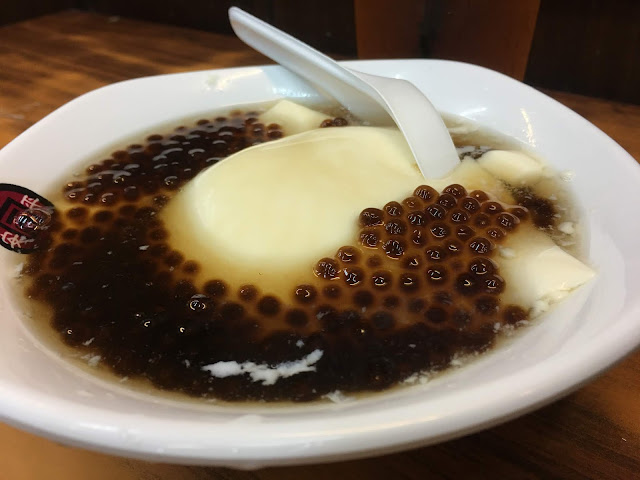


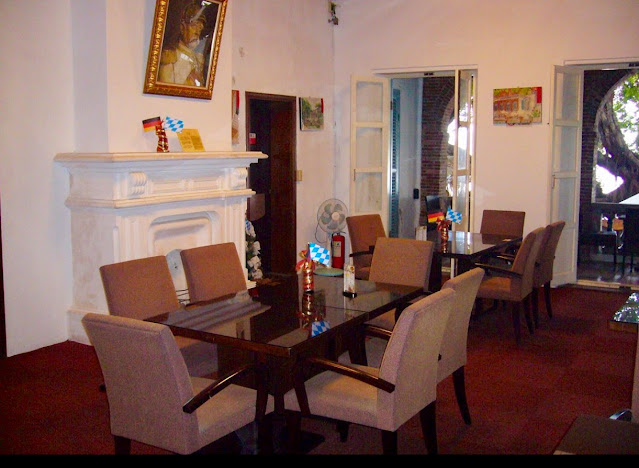

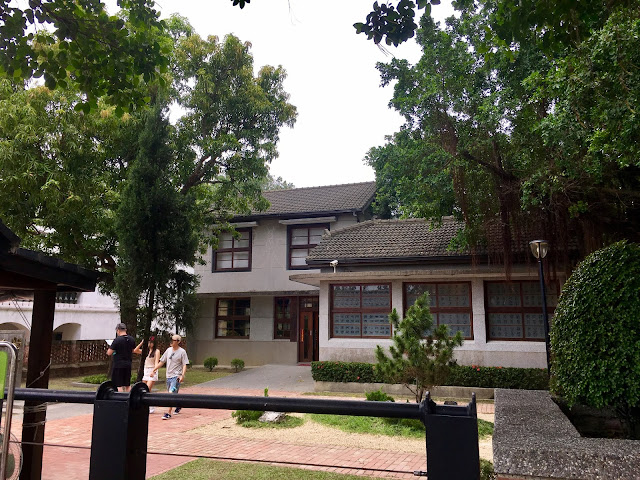
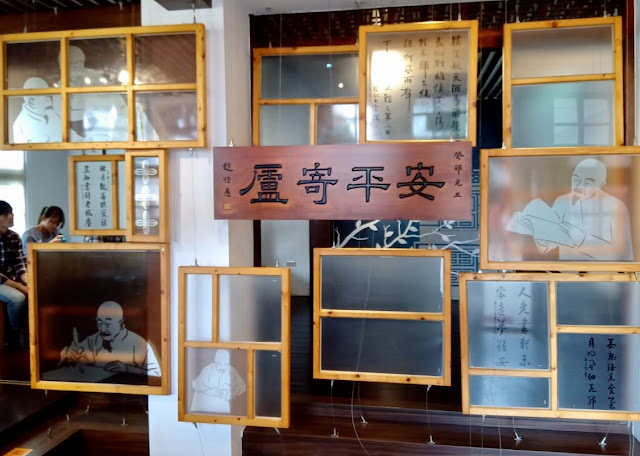

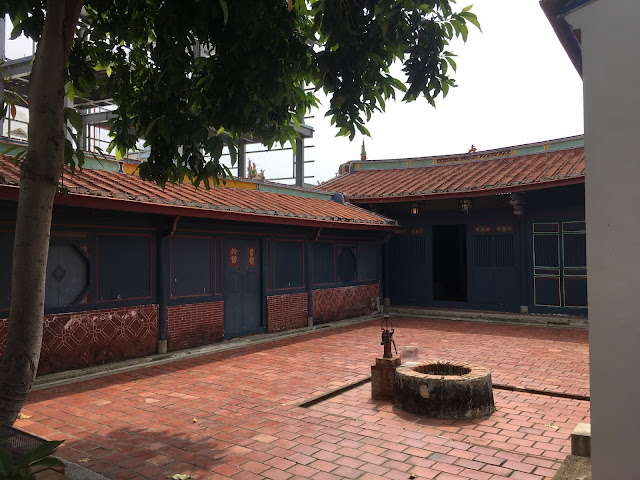







0 komentarze:
Post a Comment